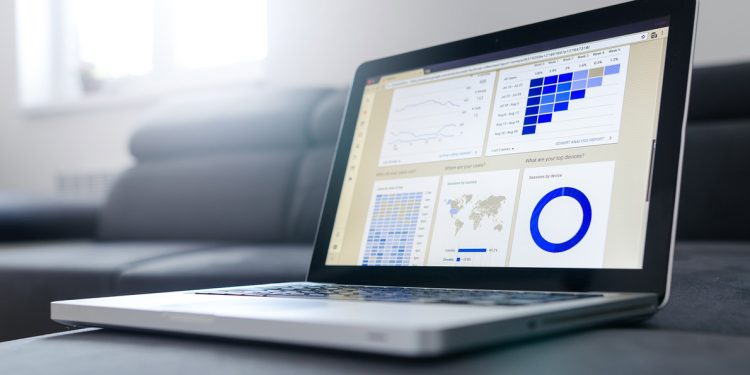6 Best Practices to Automate Accounts Receivable for B2B SaaS

If you’re a B2B SaaS company, one of your biggest worries is getting paid on time. This is especially true if your product is subscription-based. And if you’re dealing with a large number of customers, it becomes all the more difficult.
While there are several ways to maximize your collections, automating your accounts receivable is the best way to do it.
In this blog, we look at 6 best practices to do this.
1. Analyze Your Current Process and Set Clear Goals
When transitioning from a manual AR process into an automated AR system, it’s best to start the journey knowing where you stand.
Thoroughly document the existing workflow to understand the pain points and bottlenecks you face. Based on these, determine what you want to achieve through automation.
Some of the common goals may look like this:
● Integrate a structured credit approval process
● Have a system to send reminder emails
● Avoid delays in sending the invoices
● Create a system for resolving bill disputes
● Speed up payment processing and collections
Once you set clear goals, it is helpful to quantify these goals based on metrics that can evaluate progress and measure performance.
Some of the metrics that can directly influence your working capital include the Aging Report, Days Sales Outstanding (DSO), and Collection Effectiveness Index (CEI) among others.
2. Set Up AR Dashboards
If you are a B2B SaaS business requiring subscription management, you will be handling an increasing number of invoices as you move forward.
You know exactly how admin-heavy and time-intensive chasing payments can be. Creating a dashboard for your AR analytics will help you see your business better.
The KPIs (Key Performance Indicators) or the metrics you established for measuring your performance can be automatically calculated by your software and displayed on the dashboard.
For example, if your goal is to reduce write-offs, then monitoring KPIs such as Average Days Delinquent or Current AR Ration can help.
Or, say, you wish to reduce the time it takes to collect cash on credit sales, then tracking the DSO can be helpful.
3. Encourage Cross-Collaboration
When implementing an automated AR system, involve other teams. When people from different teams work together, they better understand the challenges and capabilities for the best results.
For example, your sales team is often the first point of contact with your customers. They are the closest to your clients and you can use this to your advantage when it comes to collecting invoices.
Similarly, looping in some members from your IT team can mean a seamless system implementation and integration of AR automation software just the way you want it.
This can also help you map the entire AR process from beginning to end thereby helping in a smooth transition.
4. Centralize Your Data
Most B2B businesses rely on more than one software solution for their business processes. These typically include billing software, accounting software, a payment processing solution, and a CRM or ERP system.
When you add an AR system to this stack, it is important to choose automation software that can be your one source of truth. One that can gather all your data and make the collection process hassle-free.
5. Ensure Integration with Your Tech Stack
Before you invest in AR automation software, determine how well it fits with your existing technology, either through API or direct integration.
For example, for a subscription-based business model, agile recurring billing software should seamlessly integrate with your existing tech stack.
Working with two distinctly different software solutions that don’t integrate with each other can cause a lot of problems for your business in the long run.
6. Have A Robust Dunning Mechanism
It may happen that a customer’s payment does not go through the first time. This is where a comprehensive AR automation system can help through dunning management.
For this, you can integrate your payment software with an accounting CRM such as Zoho Book software that can automatically create a cloud information system.
Dunning refers to the process of communicating with the customers to ensure the collection of accounts receivable. It comes in handy for declined credit card transactions for online payments.
You can ensure your AR automated system has automated dunning notes so you don’t have to manually follow up with a customer in case of a failed payment.
Automated dunning notes can give your AR team more time to focus on improving the credit application process. It can also help them to segment your customers into different cohorts according to their payment patterns to maximize revenue recovery.
Conclusion
Many B2B SaaS companies can’t discern how much money they may be languishing on their balance sheets despite knowing the significance of a strong cash flow.
And if you’re like most B2B SaaS companies, you too may find that your company’s AR processes are hindering your success by being time-consuming and prone to errors.
To reduce the time and cost of processing invoices, it’s important to implement a robust AR automation tool.
With these best practices to help you convert from a manual AR process to an automated one, managing receivables won’t be such a herculean task.










